Author: Andy Carter
Originally referred to as “Milk” or Cream Stout, Sweet Stout is a 19th century invention of English origin whose name allegedly came from the legend that brewers blended otherwise dry, bitter Stout with milk in order to market it as a more nutritious type of beer. While this claim has been contested, what is known is that brewers at some point began using milk sugar, known as lactose, when brewing the style now known as Sweet Stout.
As a disaccharide consisting of one glucose molecule and one galactose molecule, lactose is described as being one of the least sweet types of sugar, with some evidence suggesting it’s less than half as sweet as sucrose (table sugar). However, unlike other types of sugar used in brewing, lactose is non-fermentable, meaning any amount added will remain in the beer and presumably be perceptible to the drinker.
Personally, I prefer my Stout the way I prefer my coffee – black and bitter. Still, I understand the purpose of adding lactose to make it more palatable to the masses. I’ve used lactose a handful of times over the years and recently began to wonder just how big of an impact such an addition at the oft recommended 5% usage rate was having on my beer, so I put it to the test!
| PURPOSE |
To evaluate the differences between a Sweet Stout made without lactose and one made with lactose.
| METHODS |
While lactose has become a common ingredient in modern versions of IPA, I went with a fairly basic Sweet Stout recipe for this xBmt.
Pass The Milk, Sugar
Recipe Details
| Batch Size | Boil Time | IBU | SRM | Est. OG | Est. FG | ABV |
|---|---|---|---|---|---|---|
| 6 gal | 60 min | 23.3 | 39.9 SRM | 1.059 | 1.016 | 5.64 % |
| Actuals | 1.059 | 1.016 | 5.64 % | |||
Fermentables
| Name | Amount | % |
|---|---|---|
| Pale Malt, Golden Promise | 9 lbs | 73.75 |
| Caramel Malt 60L | 1.5 lbs | 12.29 |
| Roasted Barley | 1 lbs | 8.19 |
| Milk Sugar (Lactose) | 11.25 oz | 5.76 |
Hops
| Name | Amount | Time | Use | Form | Alpha % |
|---|---|---|---|---|---|
| Northern Brewer | 14 g | 60 min | Boil | Pellet | 8.8 |
| Northern Brewer | 14 g | 30 min | Boil | Pellet | 8.8 |
Yeast
| Name | Lab | Attenuation | Temperature |
|---|---|---|---|
| Darkness (A10) | Imperial Yeast | 75% | 32°F - 32°F |
Notes
| Water Profile: Ca 85 | Mg 5 | Na 0 | SO4 65 | Cl 42 |
Download
| Download this recipe's BeerXML file |
I made a yeast starter with 2 pouches of Imperial Yeast A10 Darkness a couple days ahead of time.
I started my brew day by adding identical volumes of RO water to separate BrewZilla units then setting the controller to heat it up.
After adding the same amount of minerals to each kettle, I milled the grains into separate buckets.
Once the water for each batch was adequately heated, I incorporated the grains then checked to make sure both were at the same target mash temperature.
While the mashes were resting, I weighed out the lactose and kettle hop additions.
Following the mash rest, I sparged to collect the same pre-boil volume then set my controllers to begin heating the worts. As soon as a boil was reached, I added the lactose to one batch.
The worts were boiled for 60 minutes with hops added at the times listed in the recipe, and once complete, I ran each through a chiller on their way to sanitized 6 gallon PET carboys.
Refractometer readings showed wort with lactose added was only 0.001 OG higher than the wort without lactose, which is odd seeing as Brewfather indicated 11.2 oz/318 g would add 0.004 SG points.
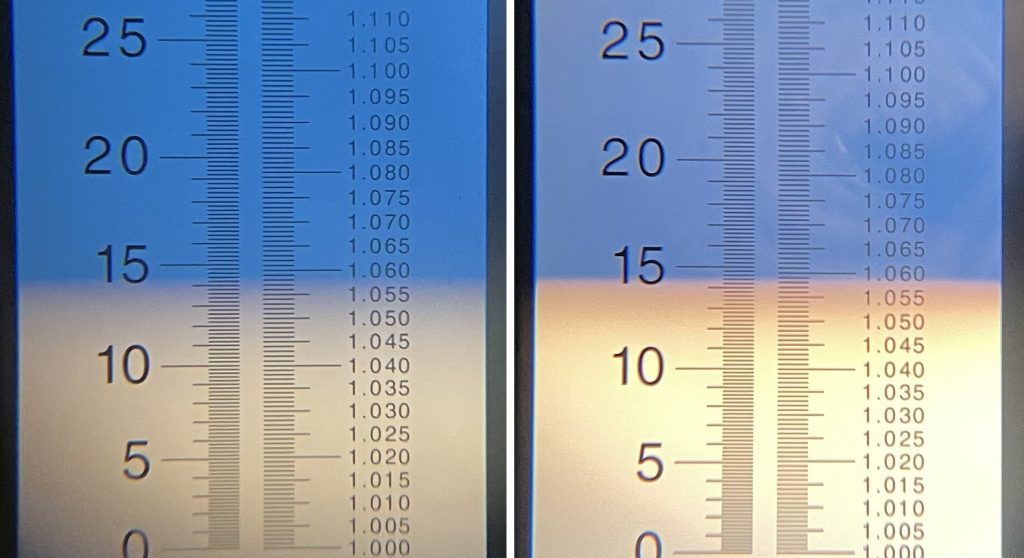
The filled carboys were placed in my chamber and left to finish chilling to my desired fermentation temperature of 64°F/18°C for a few hours before I evenly split the yeast starter between them.
After 5 days, I raised the temperature in the chamber to 70°F/21°C and let it sit for an additional 9 days before taking hydrometer measurements showing the beer made without lactose finished 0.005 SG points lower than the one made with lactose.
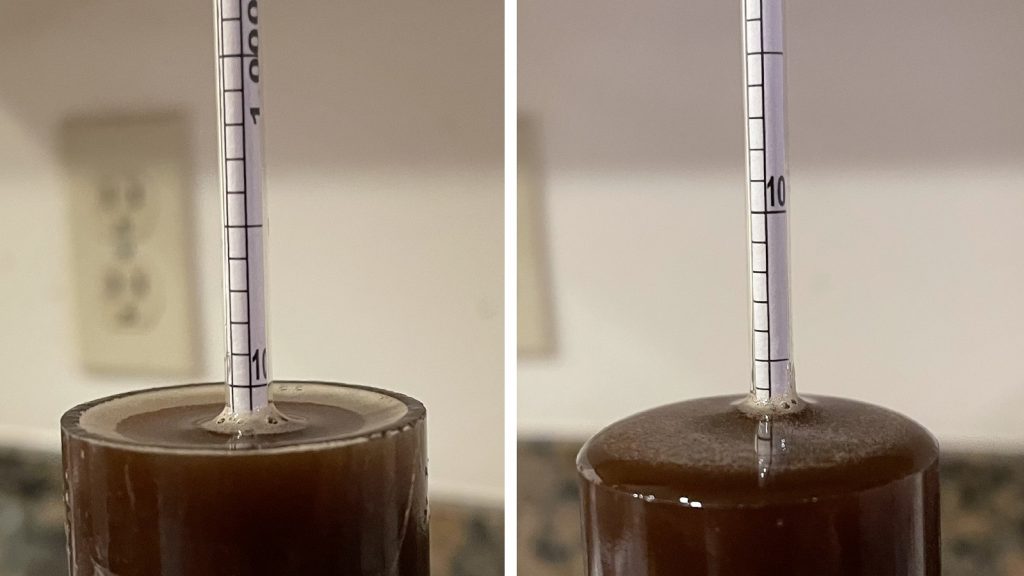
At this point, I racked the beers to sanitized kegs.
The filled kegs were placed in my keezer and left on gas for 3 weeks before I began my evaluations.
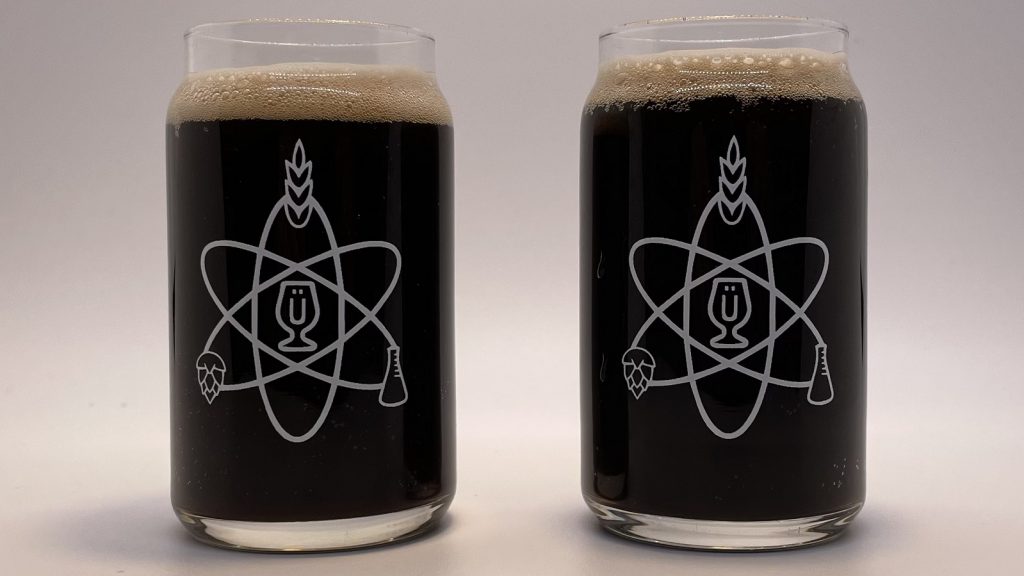
| RESULTS |
A total of 20 people of varying levels of experience participated in this xBmt. Each participant was served 2 samples of the beer made without lactose and 1 sample of the beer made with lactose in different colored opaque cups then asked to identify the unique sample. While 10 tasters (p<0.05) would have had to accurately identify the unique sample in order to reach statistical significance, only 7 did (p=0.52), indicating participants in this xBmt were unable to reliably distinguish a Sweet Stout made without lactose from one made with a lactose additions.
My Impressions: Out of the 5 semi-blind triangle tests I attempted, I correctly identified the odd-beer-out just one time. These beers were identical to my palate, both possessing a pleasant coffee aroma with mild esters, and neither was necessarily sweet.
| DISCUSSION |
Lactose is a type of sugar used by brewers to enhance the body and sweetness of beer, one of the most well-known styles being Sweet Stout. While markedly less sweet than other types of sugar, the non-fermentable nature of lactose means any additions remain in the beer and hence presumably have a perceptible impact. Interestingly, tasters in this xBmt were unable to reliably distinguish a Sweet Stout made without lactose from one made with 5.8% lactose.
It’s commonly recommended to use lactose at a rate of 5 to 10%, which is what guided my decision when designing this xBmt, though it’s possible a higher amount of would have been more perceptible. One objectively observable impact of the lactose addition was that it resulted in the beer finishing 0.005 SG points higher than the batch made without lactose, though even this went undetected by blind participants.
I’ve never been a heavy user of lactose in my brewing, and these results have done little to influence a change in my ways. Still, I am interested in exploring the use of lactose in brewing further, particularly how higher amounts impact Sweet Stout as well as the role it plays in modern versions of hazy IPA.
If you have any thoughts about this xBmt, please do not hesitate to share in the comments section below!
Support Brülosophy In Style!
All designs are available in various colors and sizes on Amazon!
Follow Brülosophy on:
FACEBOOK | TWITTER | INSTAGRAM
If you enjoy this stuff and feel compelled to support Brulosophy.com, please check out the Support page for details on how you can very easily do so. Thanks!


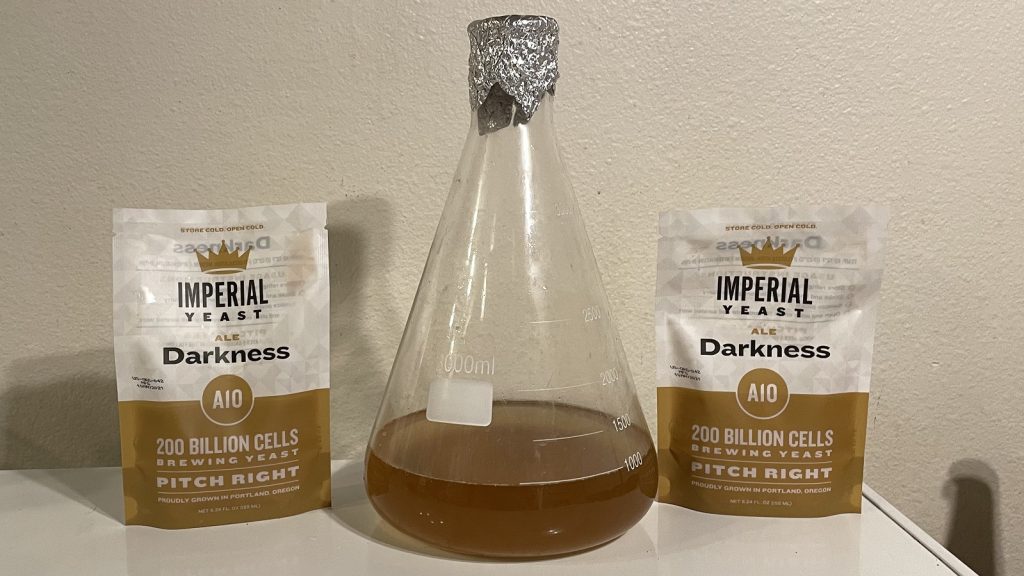
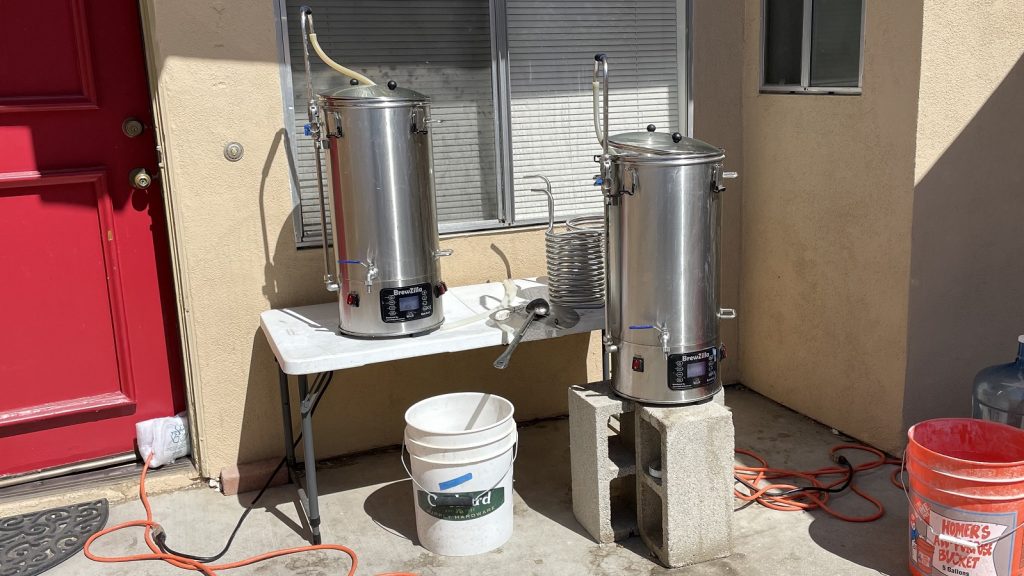
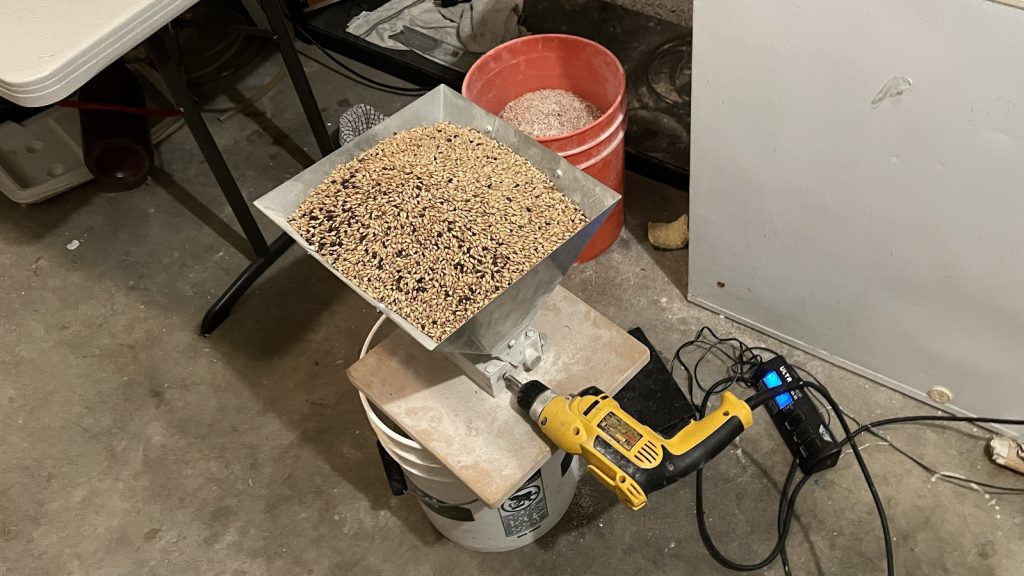
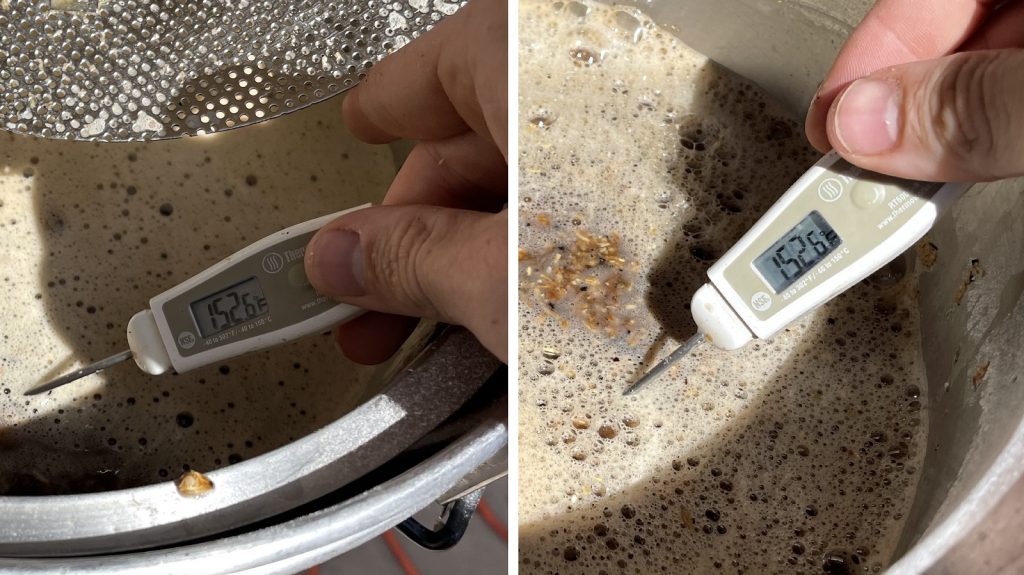
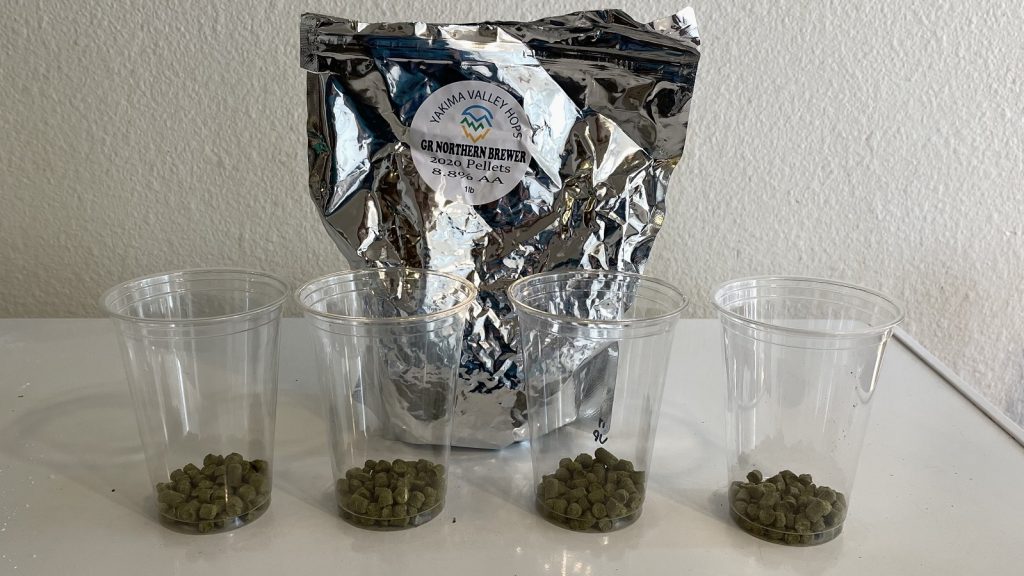
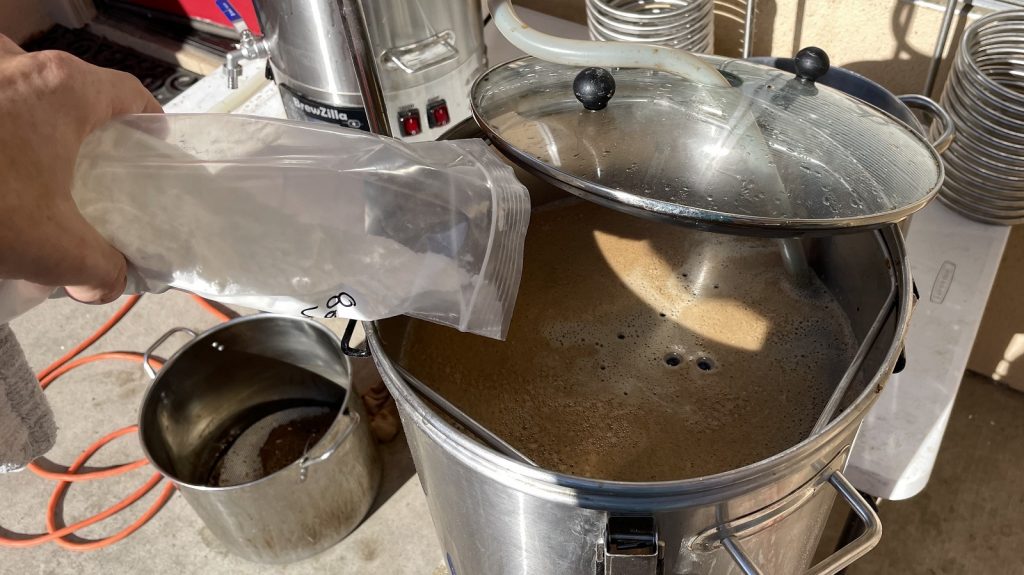
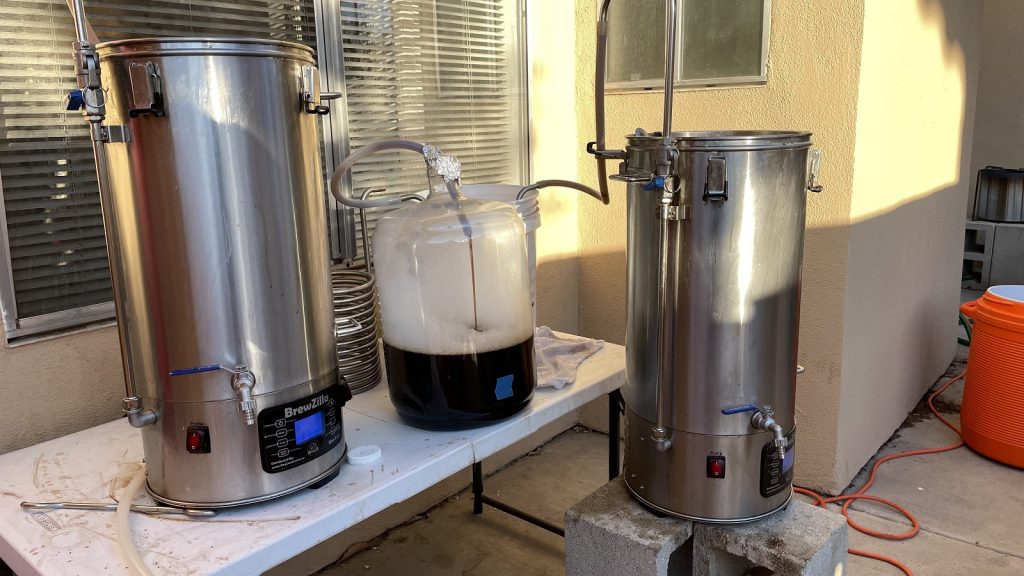
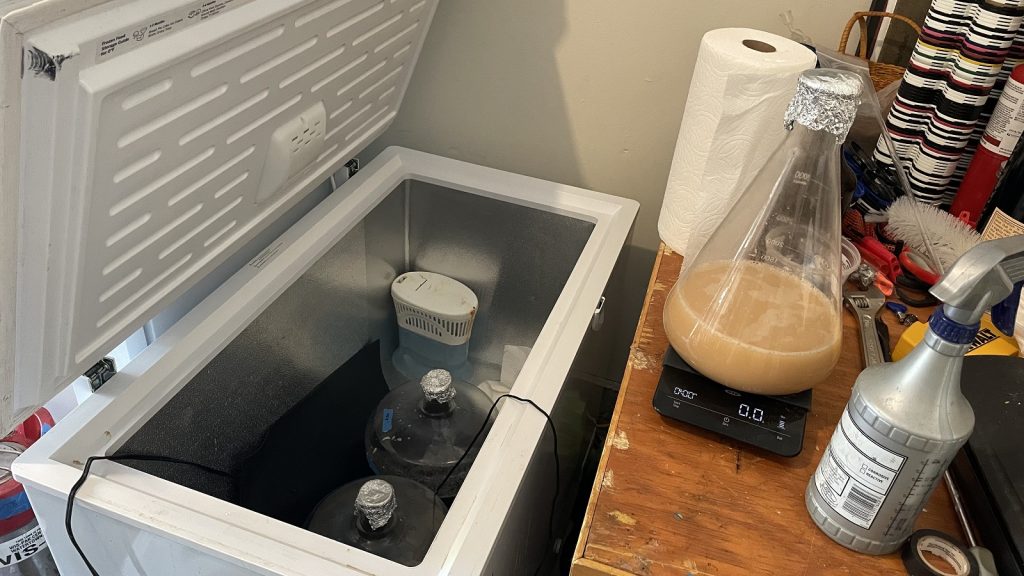
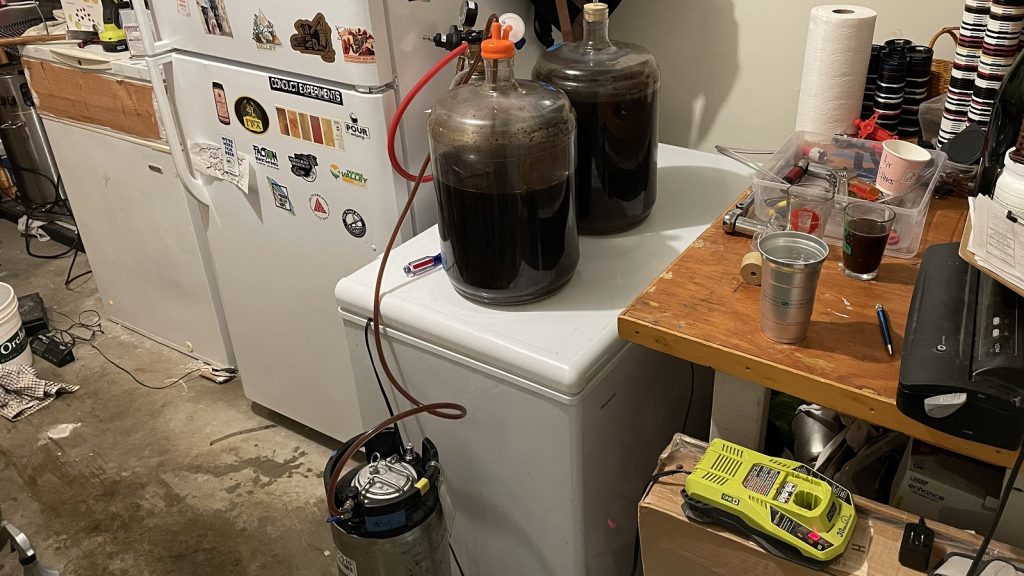











11 thoughts on “exBEERiment | Impact Lactose Has On Sweet Stout”
https://barclayperkins.blogspot.com/2017/05/legally-defining-milk-stout.html
Milk Stout is one of the few beers that has a definite starting date. The brewery, Mackeson, even got a patent on it and other brewers had to license it when they wanted to brew it.
Wont that amount of caramel malt hide the lactose?
I really like Left Hand Brewing Milk Stout and I think the difference is really noticeable in my clone recipe compared to regular Stouts, but the proportion is more like 0.5 kg in a 20 liter batch
That’s about a 57% increase over what was used in the recipe above. I wonder if there is a sort of tipping-point at which the difference begins to shine through and perhaps 5.76% of the grist is just short of that point and 9% (i.e., 0.5 kg) is somewhat past it.
Why did you add at the start of the boil? This could affect the results. I have always seen lactose recommended as an end of boil addition.
Except for the fact that people are lactose intolerant… since no one can tell the difference anyway, why not leave it out so more people can enjoy it
Have never brewed a milk stout or added lactose to a boil, but very surprised that the tasters couldn’t distinguish between the lac+ & – beers. Use lactose to back-sweet my ginger beer & then it has a huge impact on mouthfeel – much more pillowy and soft – and this at 0.5%. Can’t comment on sweetness as I also add sucrose, but sweetness seems to last longer @ 4oC (with suc alone it gets drier over a few weeks).
Of interest to me would be another experiment comparing your stout recipe with golden promise to one with much less expensive base malt. I believe the character from the golden promise ends up hidden behind the roasted barley.
Also, I was surprised you did not increase the chlorides to make the malt pop more.
I wonder if the low chloride level might have masked the lactose given how chloride boosts the perception of sweetness?
I believe that comes out to about 1.5 cups of lactose per 5 gallons, or 40 pints, assuming some loss to trub and a similar weight to volume ratio for lactose and white sugar. There are 48 teaspoons in a cup, so 72 teaspoons to 40 pints, or a bit under two teaspoons per pint.
I think it makes intuitive sense that a pint of stout with a healthy dose of roasted and caramel malts might need more than that amount of lactose to be noticeable. That’s a healthy amount of roast and body already.
I sometimes use 0,5kg lactose in a 20 litre batch when i brew high abv stouts. It’s defintely noticable and i like it, but only in strong stouts to balance the alcohol.